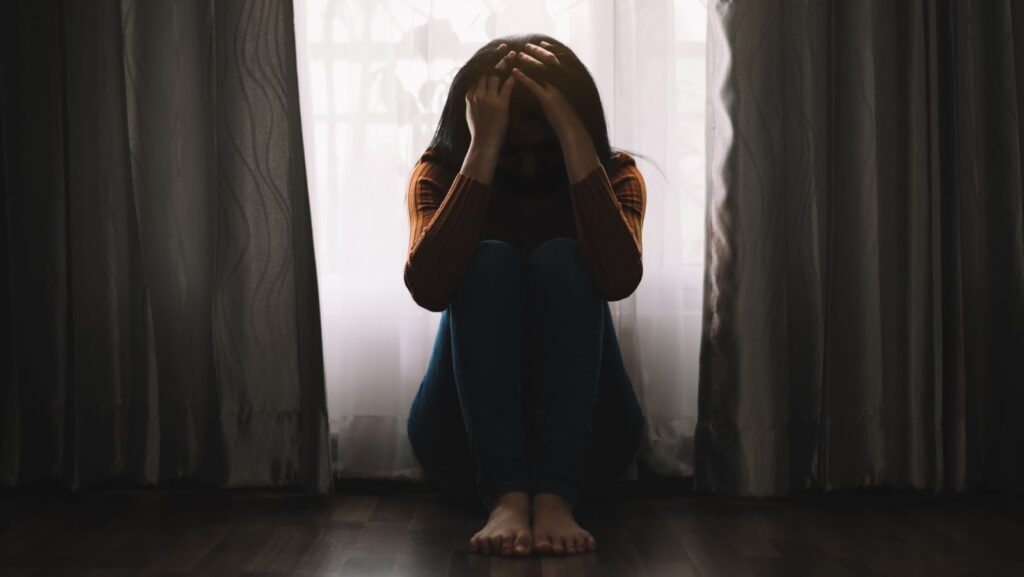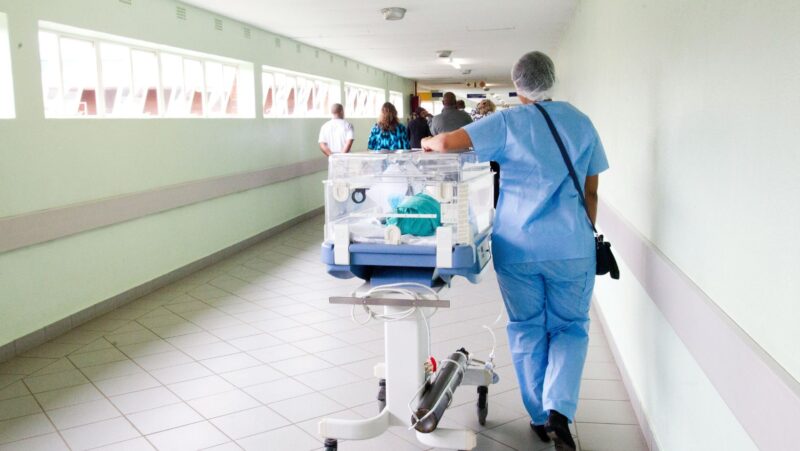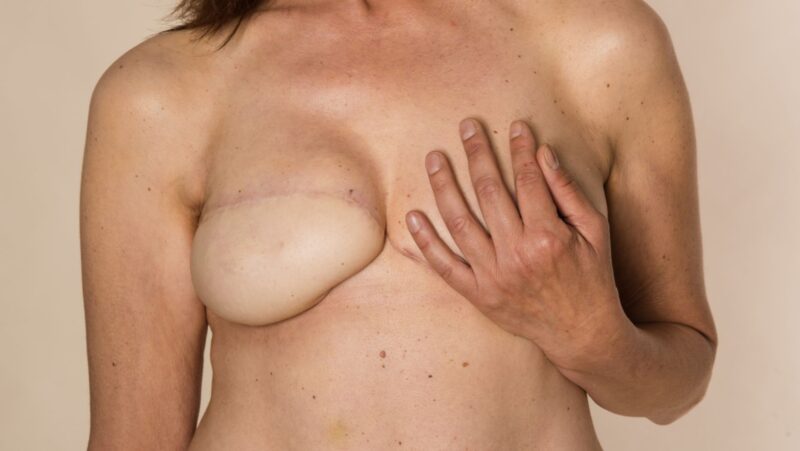
Feeling sad or tense can be normal in adolescence but sometimes ruled out as “typical teen angst”. But teens with anxious depression often feel sadness to an extreme, or intense anxiety that can make it nearly impossible to function.
Depression with anxious distress or “anxious depression” is a subtype of Major Depressive Disorder (MDD). This can cause classic symptoms of depression (consistent low-mood), paired with intense periods of anxiety and tension.
This is often caused by an imbalance of chemicals in the brain (Serotonin). It can cause a disconnect between reality and the state of mind in someone diagnosed with major depressive disorder.
Depression with Anxious Distress in Teens
Depression and anxiety are one of the most common mental health problems diagnosed in teens (up to 10% of US teens). This makes them extra vulnerable to rapid chemical changes in the brain during this stage of development.
MDD diagnosis must include one or both of the following for at least two weeks:
- Loss of interest in pleasure or daily activities
- Low or depressed mood most of the time
Anxious depression is different from having generalized anxiety disorder paired with a diagnosis of major depressive disorder. 2 of these 5 symptoms must be present to diagnose depression with anxious distress:
- Restlessness
- Intense fear that something bad could happen
- General tension
- Problems concentrating
- Fear of “losing control” of oneself
How to Know if My Teen Suffers from Depression with Anxious Distress
Sometimes teens can be seen as over dramatic or looking for attention. Still, it can be difficult for some teens to be open with parents and adults about their mental health—especially if they are not met with understanding. If your teen says they are depressed or having suicidal thoughts, you should take them seriously.
It’s helpful for parents to be mindful about behaviors that could indicate their child has anxious depression, including:
Symptoms
Anxious depression can cause debilitating symptoms. Teens may underperform in school, have strained relationships in the home, complain about physical pain and even start drug use. It can cause both physiological and mental health problems. Some common signs are:
Physical
- Headaches
- Stomachaches
- Joint and muscle pain (from tension)
- Appetite changes
- Insomnia or hypersomnia
- Fatigue and excessive sleepiness (even when 8 hours of sleep are met)
Mental
- Depressed mood or frequent sadness
- Loss of pleasure in activities
- Aggression or irritability
- Restlessness
- Problems concentrating
- Frequent crying spells or the opposite emotional numbness
- Lack of communication, inability to express oneself
Anxious vs Non-Anxious Depression
Anxious depression is a relatively new term and subtype of Major Depression Disorder. Both anxious and non-anxious depression are characterized by low or depressed mood or loss of pleasure in everyday life. However, with anxious depression the subset of symptoms such as restlessness, tension and anxiety is present.

Major depressive disorder is diagnosed in about 4% of teens age 12-17, with 65-78% of those also including anxious distress. It can be challenging to diagnose because, as many parents know, teens go through an emotional roller coaster during development.
Is Depression With Anxious Distress the Same as MDD?
Parents can think of depression as the underlying foundation of all MDD subtypes. The subtypes of MDD often present with classic symptoms of MDD, but are characterized by extra symptoms. And anxious depression is one of these, with persistent negative thoughts and a sad mood, but with the added symptoms of anxiety.
MDD is often less debilitating than MDD subtypes which include:
- Melancholic
- Seasonal
- Atypical
- Psychotic
- Postpartum
Some of the symptoms can be normal for teenagers. But in teenagers with mood disorders they will be more frequent, intense and interrupt day to day functioning. Some common symptoms of mood disorders include:
- Ongoing sad or depressed mood
- Social withdrawal or isolation
- Insomnia or excessive sleeping
- Low self-esteem
- Feelings of guilt with no rational reason
- Low energy or fatigue
- Strained relationships
- Sensitivity to failure or rejection
- Lack of self care (not showering, brushing teeth, etc)
- Physical health problems with no apparent reason (stomachaches, headaches, joint pain)
- Self-harm
- Aggression or irritability
- Suicidal thoughts
How To Help Our Teens?
Supporting your teen with depression may take extra time, patience and compassion. Sometimes adults think teens have nothing to worry or be depressed about. But this imbalance of chemicals in the brain is not normal. In serious cases, getting help for your teens’ depression can be life-saving.
Some common treatments used to help manage depression in teens may include:
- Cognitive behavioral therapy to help identify negative thought patterns,build healthy coping strategies and set realistic goals
- Antidepressants or mood stabilizers to treat chemical imbalances and manage symptoms
- Group therapy to connect with other teens who are struggling with the same problems, this can decrease feelings of loneliness or isolation
- Self-management tools may be taught in therapy sessions to manage symptoms of low mood at home such as journaling, mediation, movement, art, getting outside, etc
Parents should make the home a safe space to talk about mental health. If teens feel their thoughts will be invalidated or met with judgment, they will be less likely to reach out for help.
Parents can invite their teens to talk about their feelings, be active listeners, and model this in their own lives. By being open with their teens about how adults have mental health problems too demonstrates there is nothing to be ashamed of. But is important for us as parents to pay attention to the signs and seek professional help whenever we feel like our teens might be struggling with mental health issues.












